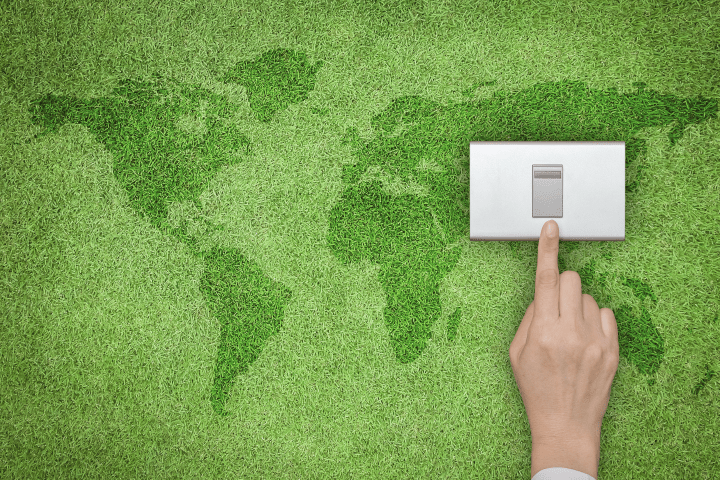
Environment
Adaptation (Adaptación) According to the Intergovernmental Panel on Climate Change (IPCC), adaptation is ‘the process of adjustment to actual or expected climate and its effects. In human systems, adaptation seeks to moderate or avoid harm or exploit beneficial opportunities. In some natural systems, human intervention may facilitate adjustment to expected climate and its effects’. The European Union thesaurus on the


















